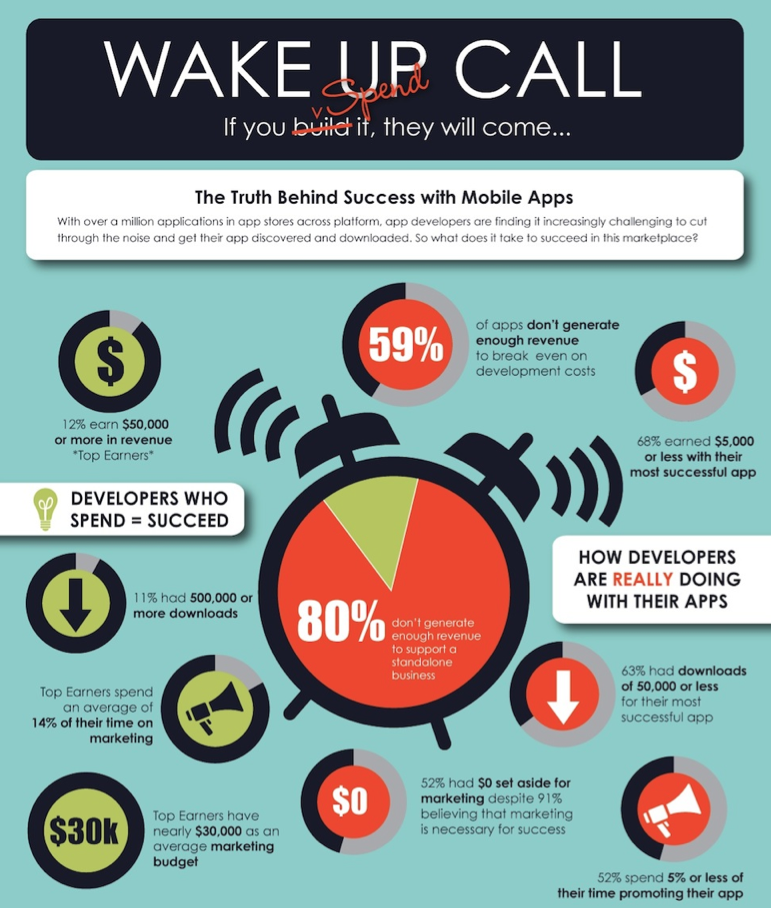Forbes’ Lewis DVorkin attempts to drop some wisdom with his nine “requirements for a sustainable model for journalism.” His opening words are powerful:
“FORBES and the entire media industry face daunting challenges. Digital publishing is perhaps the most disruptive force the media has ever encountered. Anyone can publish anywhere, anytime and attract an audience. Questions loom about the future of print in a tablet world. As downward pressure on CPMs indicate, new kinds of digital ad products are required. Journalists must learn entirely new skills or risk being run over by a competitive force of native digital content creators. News organizations need to develop new labor models (our contributor network is one) that can produce quality content efficiently. Most scary of all, news stalwarts must recognize that brands are publishers, too, and they want the media to provide new solutions for them to reach their customers.”
Yessir!
But then his nine simple tips come into play. We need to create quality content. I agree! Journalists need to engage with their readers. Yes, I think that’s smart. The things we write and products we create need to be usable and efficient and at scale and…wait, what? All of that, all at the same time? Hardly.
Who would disagree that a journalistic business (or any other, for that matter) should strive for a quality product from an authentic source who efficiently creates content via usable platforms and is also, simultaneously, profitable? What advertiser would not like to create “premium products that enhance, rather than disrupt, emerging consumer experiences” to win audiences and sell their stuff? No one, that’s who!
But the reality is that it’s really, really, really hard to actually do all those things. Really.
I don’t know if it is, as one commenter says, “the ‘do more with less’ pixie dust mantra that executives who don’t have a specific answer like to use,” because I want to be more positive than that. But DVorkin’s statement that “Scalable content-creation networks and open-source publishing tools that have been highly customized can drive the timely output of quality content” makes me go
As I mentioned in a previous post, the ground is always shifting, and none of us has the answers. We theorize, test and iterate. With any luck, people earn a living wage to experiment with how to create content that others find compelling, and to somehow monetize it. But expecting this business to be all these things — efficient, engaged, supremely usable, scalable, transparent, authentic and profitable — all at the same time, when the reality reshuffles itself every three to six months and all of us are merely guessing at the industry’s next steps, is a very high bar indeed.
DVorkin has at least cobbled together some theories. It’s a start. He is, like we all are, trying, throwing stuff at walls and seeing if it sticks, building the plane in midair. Maybe he thinks quality and quantity can live harmoniously together — my experience has not borne that out. Perhaps he really does believe that efficient can also be engaged — I’ve not seen that happen without either burnout or, at minimum, tears.
But at least he’s out there doing it: Theorizing, testing, iterating.


